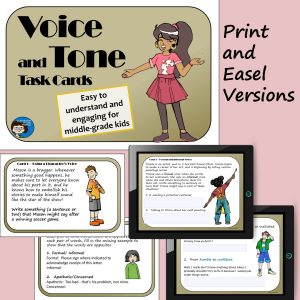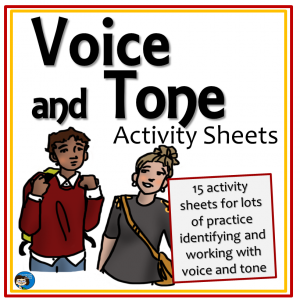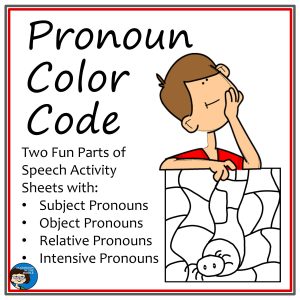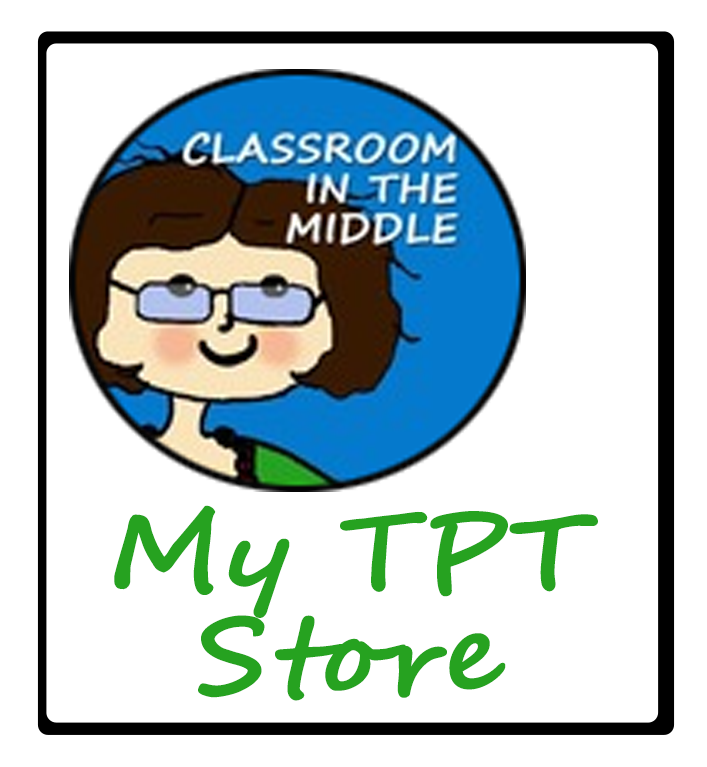Kids first learn about speaking in different tones by listening to the responses of the people they are talking to. They learn that certain tones are appropriate for certain situations and that different tones get different reactions. Learning to use various tones in writing is much more difficult because those cues from a listener are missing. When writing, kids have to imagine their listeners and figure out what tone to use to get the reaction they want. There is no immediate feedback as there is with speech.
Students can begin to understand that different pieces of writing have different tones by looking at writings done for very different circumstances. For instance, a letter to grandma might have a courteous and friendly tone, answers to questions from their history book might have an objective or informational tone, and an advertisement for a video game might have an enthusiastic, exciting tone. In a previous post, I also talked about using the picture book, The Wall by Eve Bunting to introduce tone.
To begin thinking about using particular tones in their own writing, students might be assigned a simple topic along with one specific tone. Different students could be assigned the same topic but with different tones. For example, the class could all write a story about a teen birthday party, but some of the students would be assigned to write with an excited tone, some with a sad tone, some with a scary tone, some with an angry tone, and so on.
Writing with different tones is a skill that will take time, but writing in one clear voice takes even more time – much more time. It is a skill that is learned gradually and with lots of practice. To help students to develop their own writer’s voice, one thing you can do is simply to encourage them to do lots of reading and lots of writing.
A good place to start teaching students about writer’s voice is with formal and informal voices. A quick note to a friend on a page torn out of a notebook would be informal and it would sound like the student herself; a letter sent home by the school to inform parents about new lunch prices would be formal. To reinforce the concept, students could work in groups to make two lists – a list of things that would be written in an informal tone, and another list of things that would be written in a formal tone.
If you would like to read more, two posts that I found interesting were Individual and Appropriate Voice from Teaching That Makes Sense and Tone and Mood from a class blog.
You might also be interested in these writing resources from Classroom in the Middle’s Teachers Pay Teachers store:















